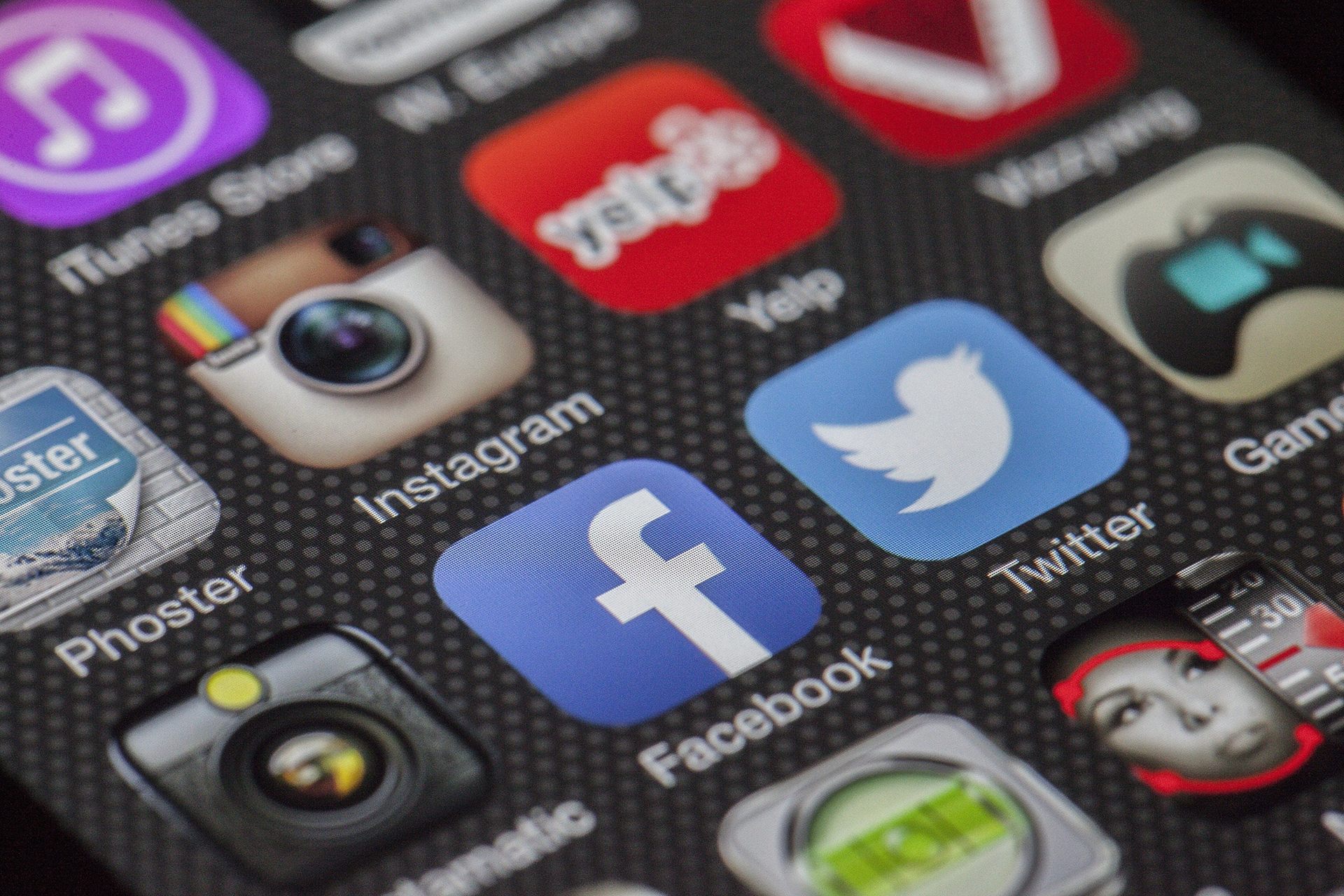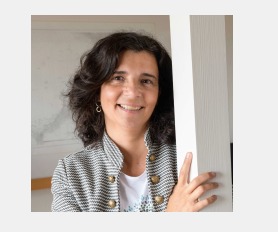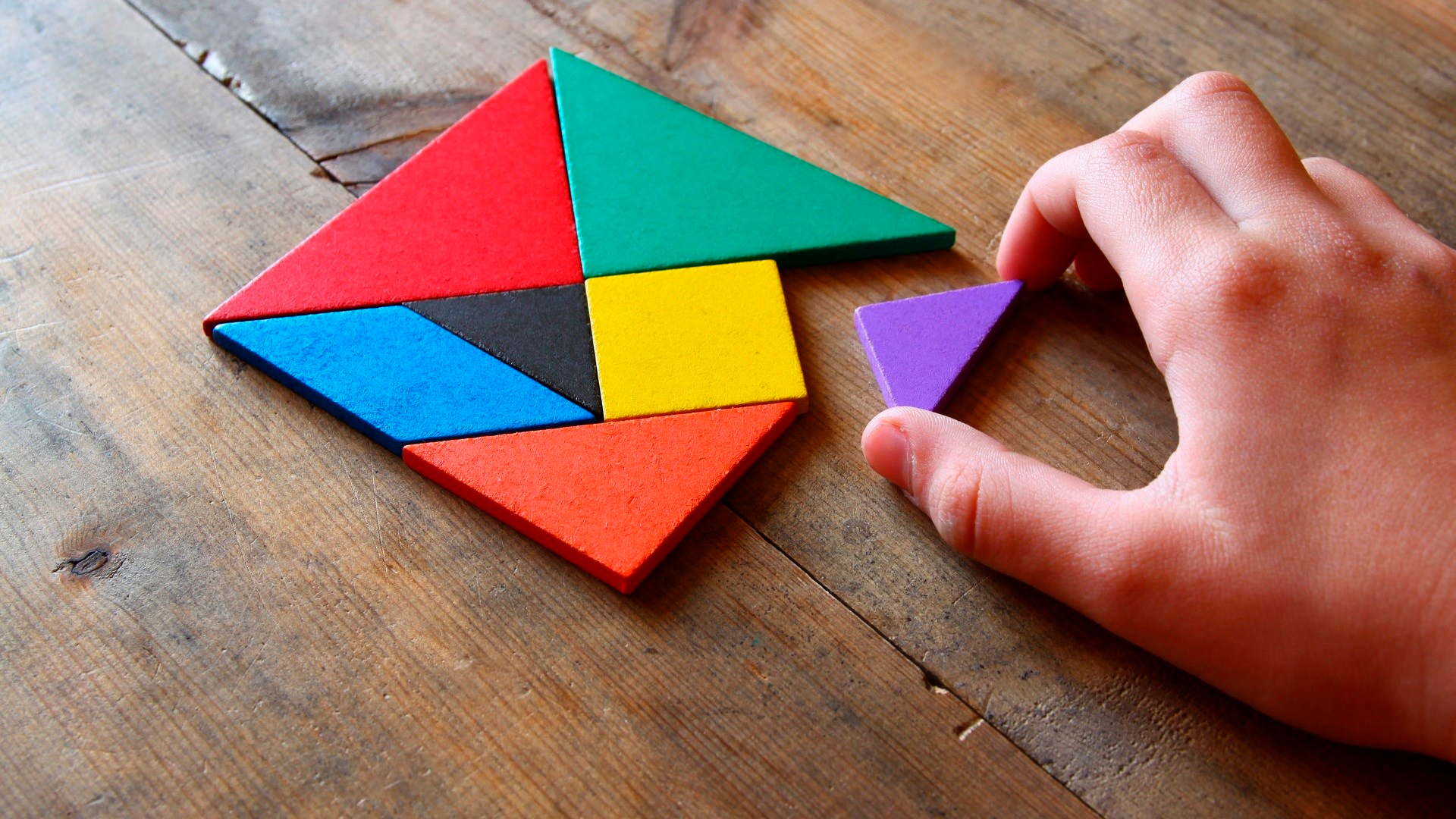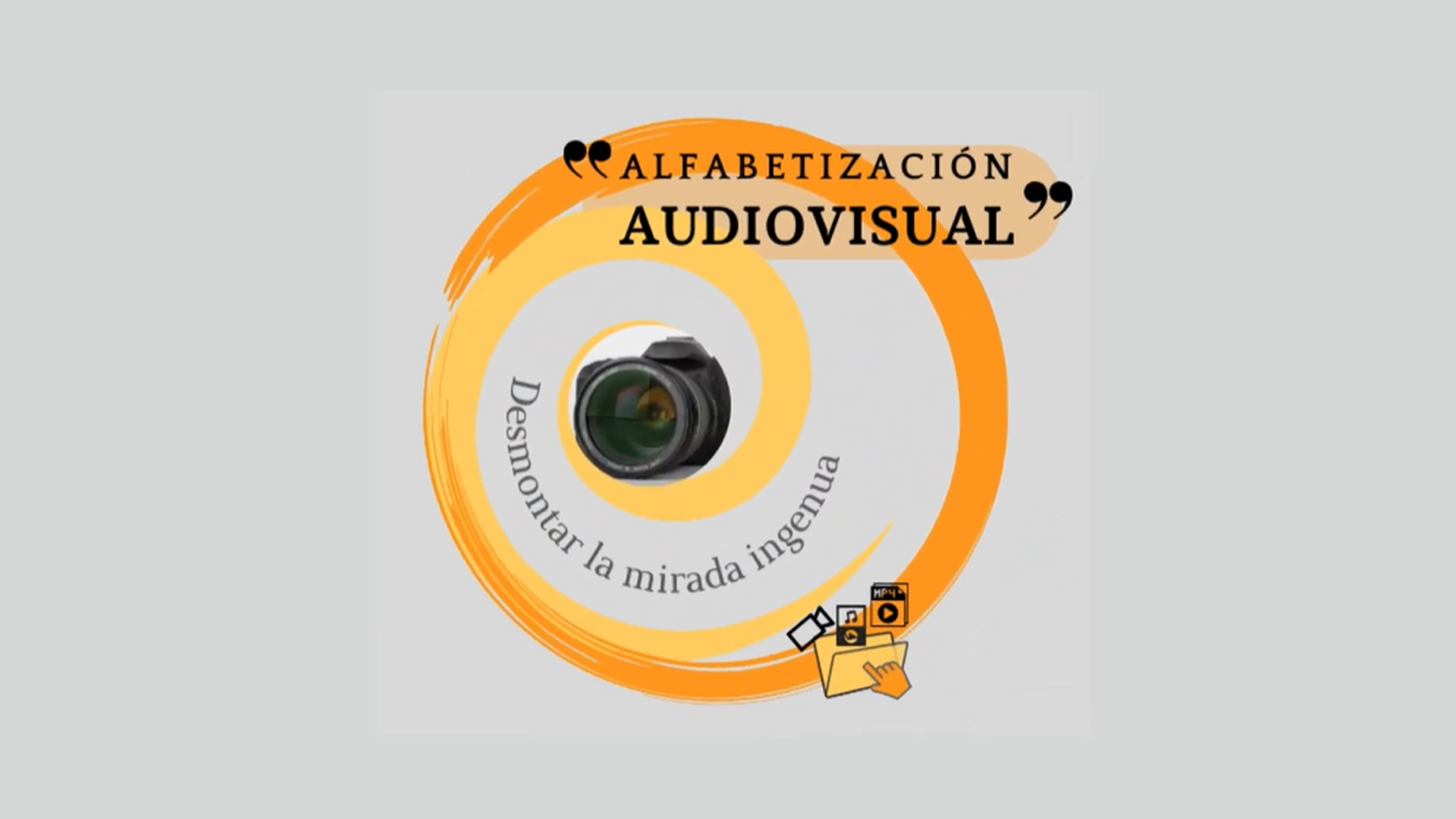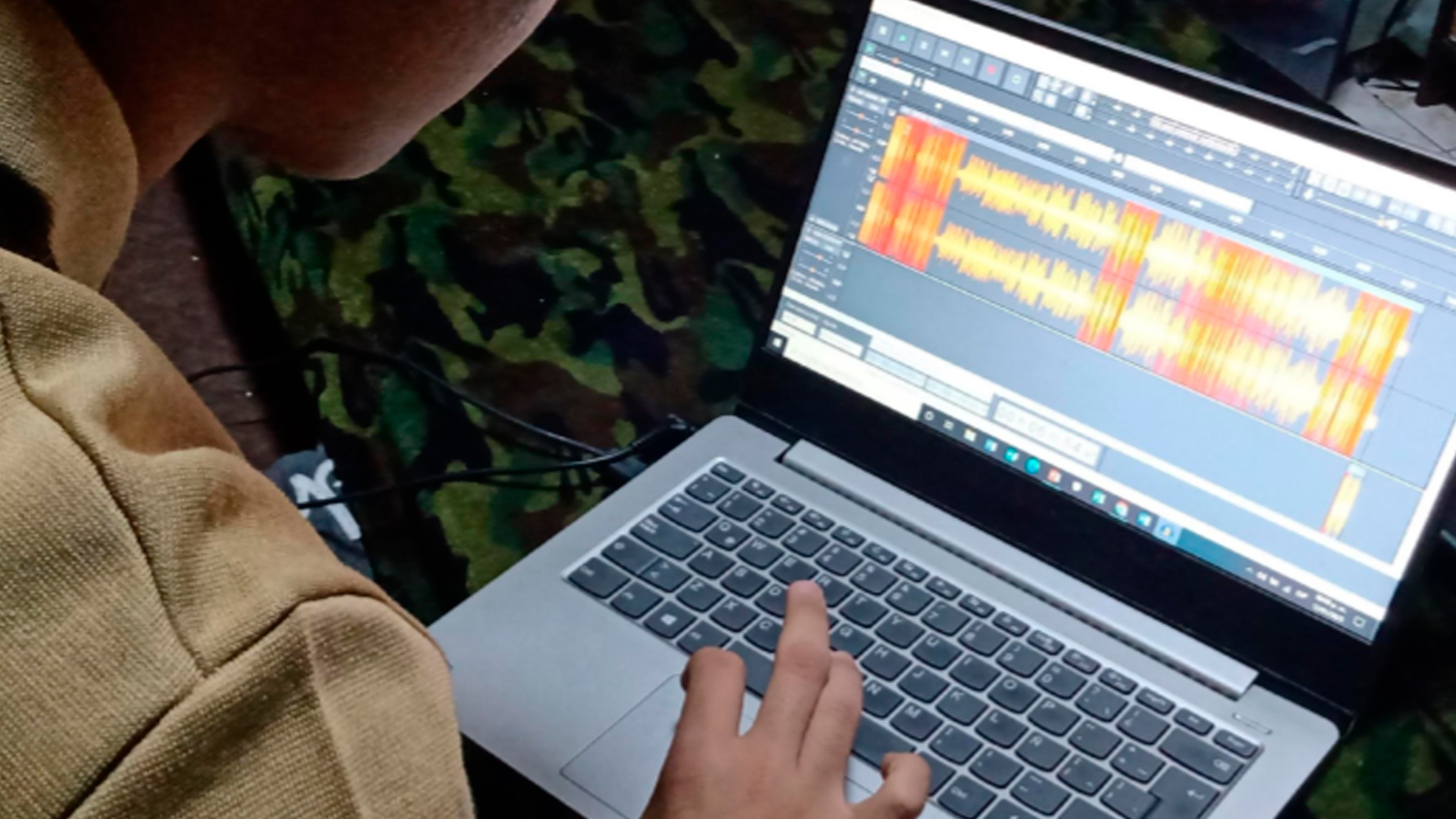Get (mis)informed: a proposal to manage information
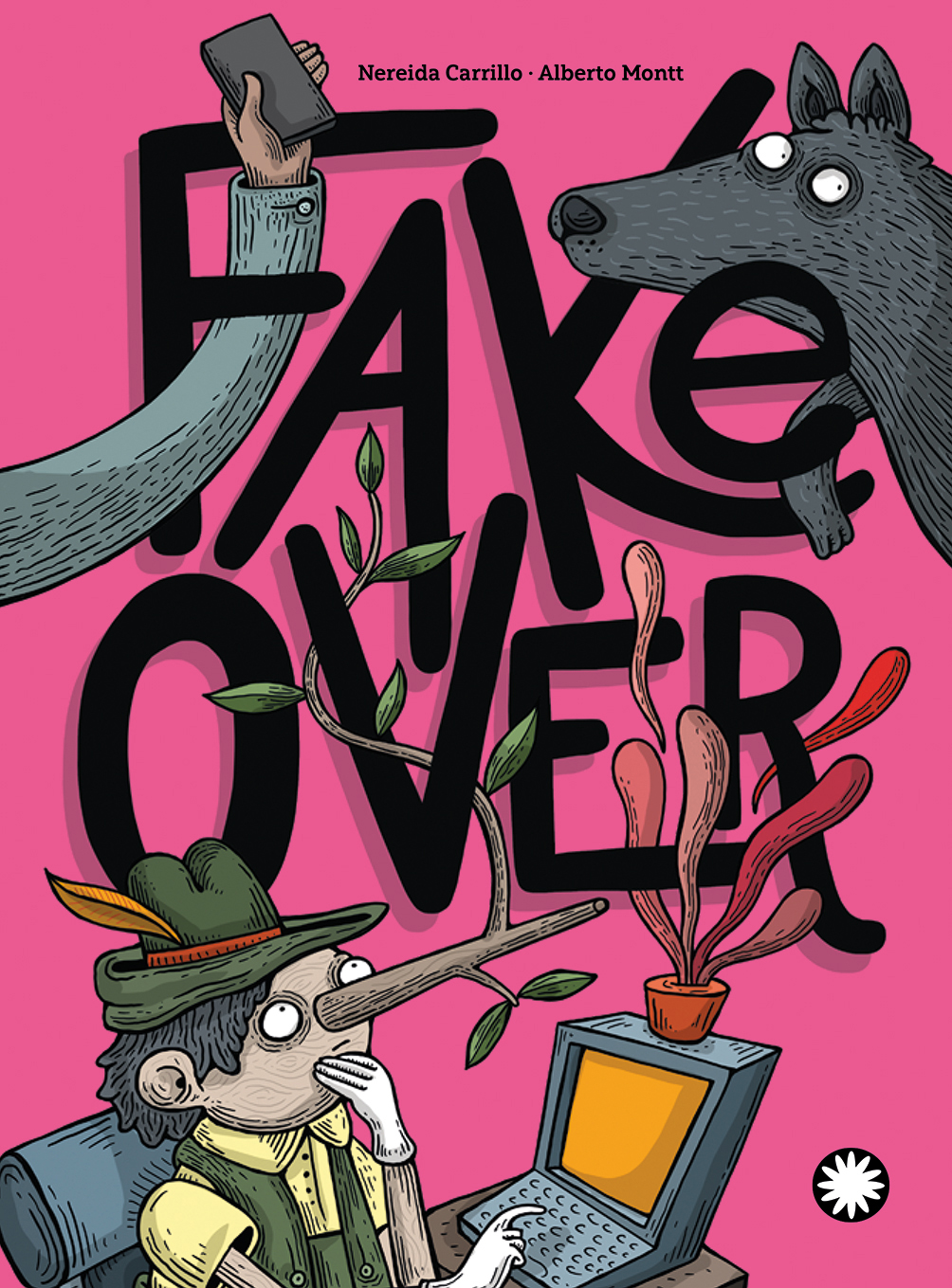
Context
Teens are one of the collectives that consume the most digital information. As a result of their age, background and maturity, they can be victims of specific advertising campaigns, ideological currents, deceptions, and many other forms of disinformation, fake or misleading information. This alarming situation led to the systematization of content related to disinformation and digital verification.
Teachers designed this proposal based on the reading “Fake Over” by Nereida Carrillo and materials from the “Learn to Check” platform and the EduCAC team.
Highlights...
Objectives
Didactic sequence
Diagnosis
Theory
Practice
Fact-checking
Assessment and conclusions
Successes
Things to improve
Used tools: KPSI diagnosis tests, conversations, classroom journals, self-assessment and co-assessment rubrics.
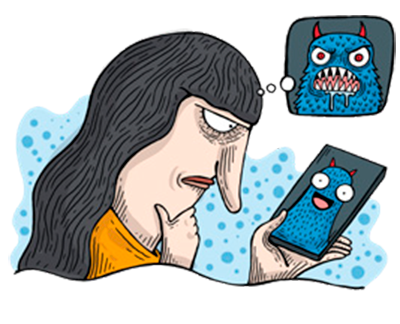
Take this experience to your classroom!
Tips to adapt the experience to your classroom
Dedication
Training
Network
Children as central players
Digital culture
Resources and materials
Pedagogical links

